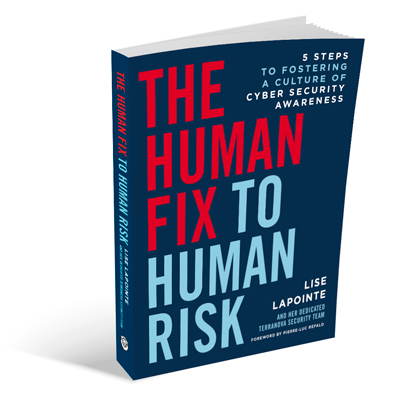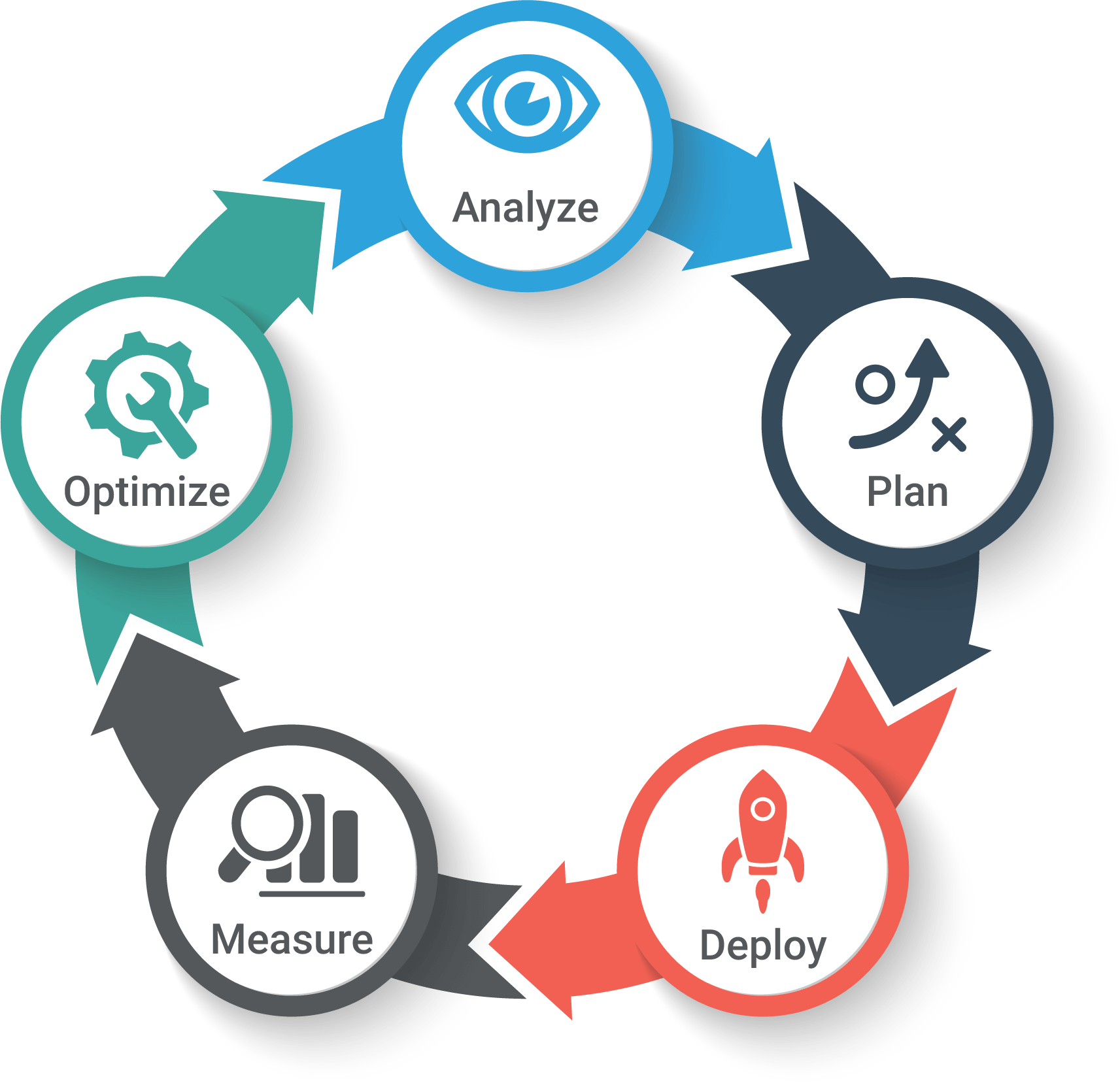The cycle of implementing behavior change
to reduce human risk
To create change, you need knowledge and you need to gather information at every stage: before, during and after deployment of your security awareness program. The security awareness 5-step framework provides step-by-step instructions and keeps your program aligned to your objectives with a structure, series of checklists and best practices to help you get it right the first time.
Step 1: Analyze your organization’s needs and objectives and develop a cyber security awareness program that generates results.
Step 2: Plan your program to stay on track and engage your workforce as well as your stakeholders.
Step 3: Deploy an effective training initiative and witness behavior change as it happens.
Step 4: Measure the performance of your program against your objectives and demonstrate progress to stakeholders.
Step 5: Optimize campaigns accordingly and update your program to incorporate new insight.

Human Risk Management Kit
Take the guesswork out of human risk management. This kit will guide you through each step of implementing an effective training program.
Learn more in the Webcast: Five Steps to Masterminding an Effective Security Awareness Program
Learn how customers are leveraging the proven 5-step security awareness framework to design programs that deliver measurable improvements in security, drastically reduce breaches and protect from data loss.

The Human Fix to Human RiskTM
The most effective way to reduce human risk is by educating users about social engineering with a phishing and security awareness program; the human fix.
Read the sneak peek of the ebook The Human Fix to Human Risk and get great insight on how to leverage the security awareness 5-step framework to:
- Mastermind an effective security awareness program and includes a thorough analysis and a comprehensive plan
- Select the right security awareness KPIs in order to effectively measure the success of your program
- Optimize and make improvements to your program based on tips and best practices shared by security professionals
